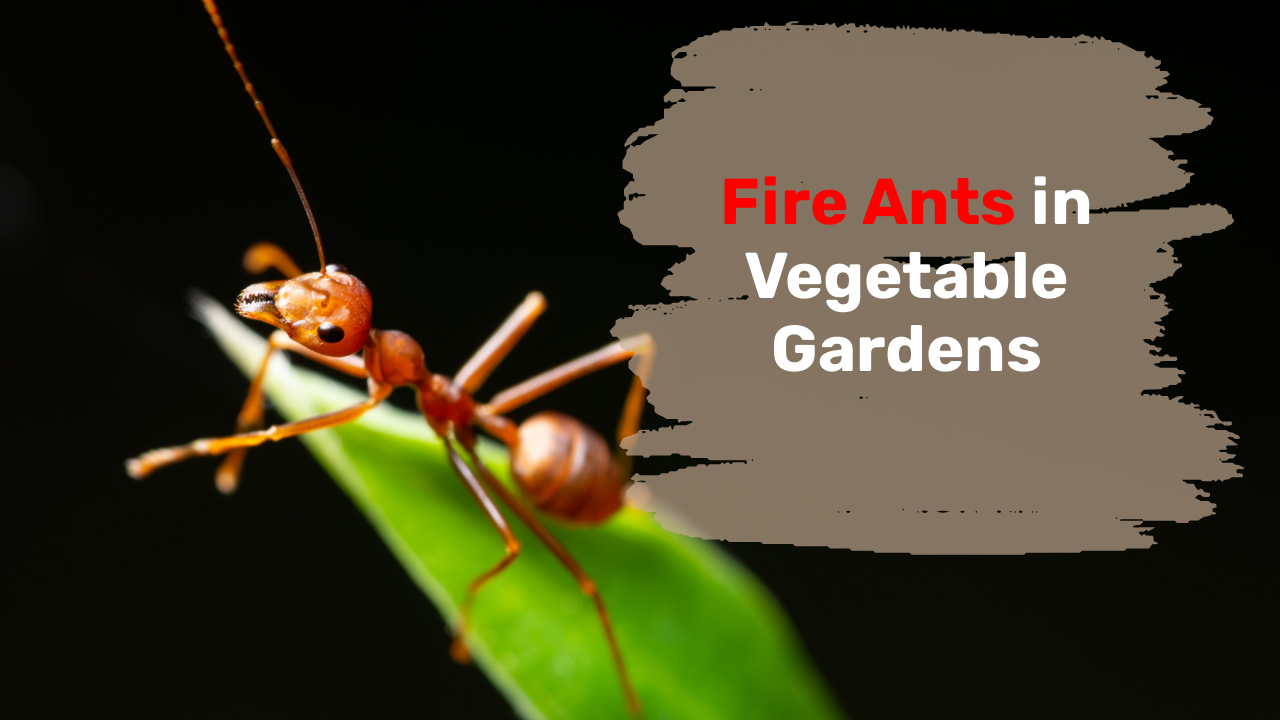If you have a vegetable garden, you more or less know the basics when starting a new cycle – clearing weeds or existing vegetation, mulching if necessary, sowing seeds or seedlings, watering, etc.
Oh, and pests, let’s not forget those troublesome creatures that also love your vegetable garden. If you live in the south and especially Texas, you are very familiar with a pest that is more damaging to you than your vegetables.
The red imported fire ant, Solenopsis invicta Buren (Hymenoptera: Formicidae). This ant got its name because of the fiery pain of its sting or bite. It’s the ladies who do the stinging, which can happen over and over again.
And unlike some bee species, they do not lose their stingers. The venom from the sting may cause itching, tiny welts, white pustules and for some a serious anaphylactic reaction.
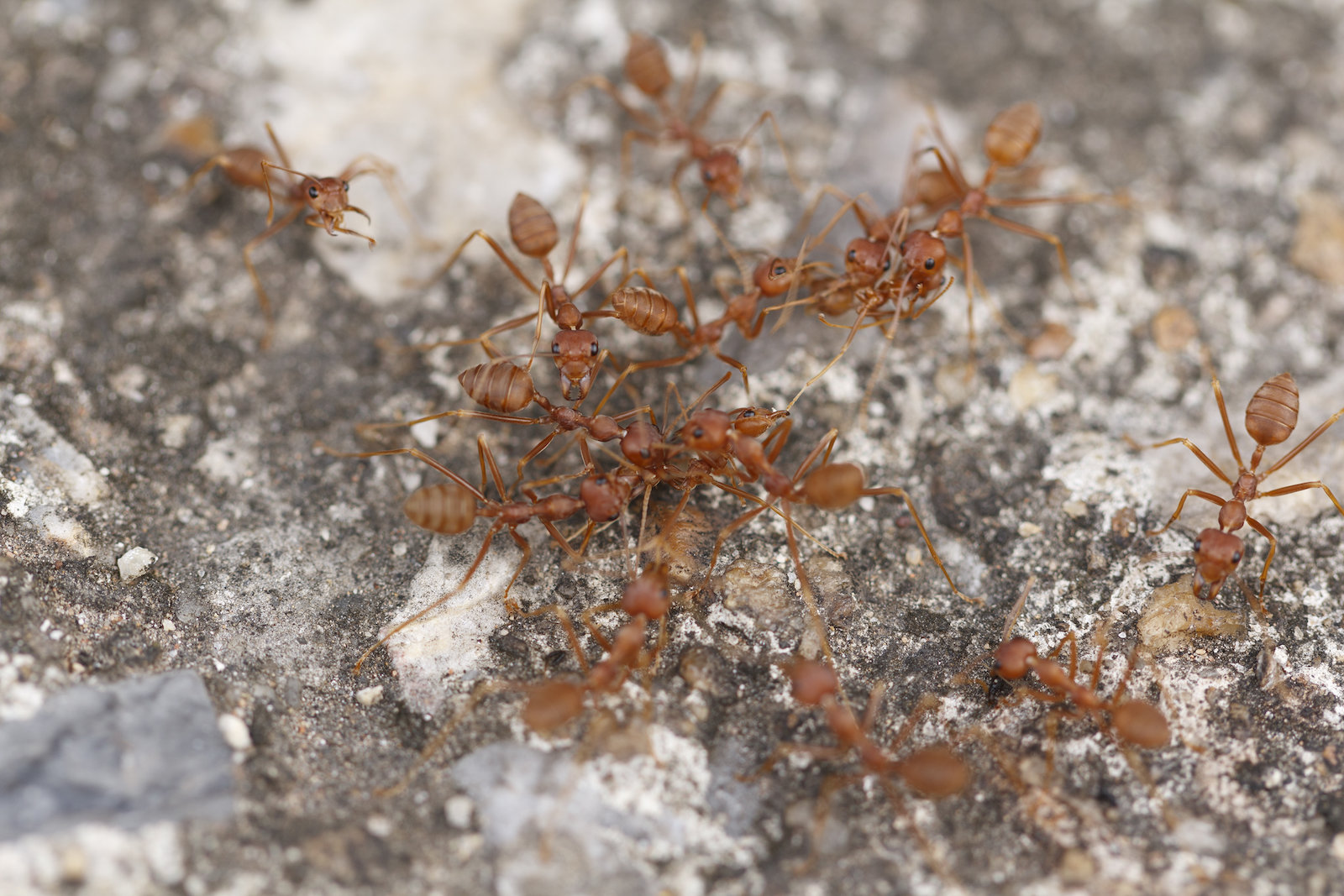
Macro shot of red fire ants
About These Pesky Insects …
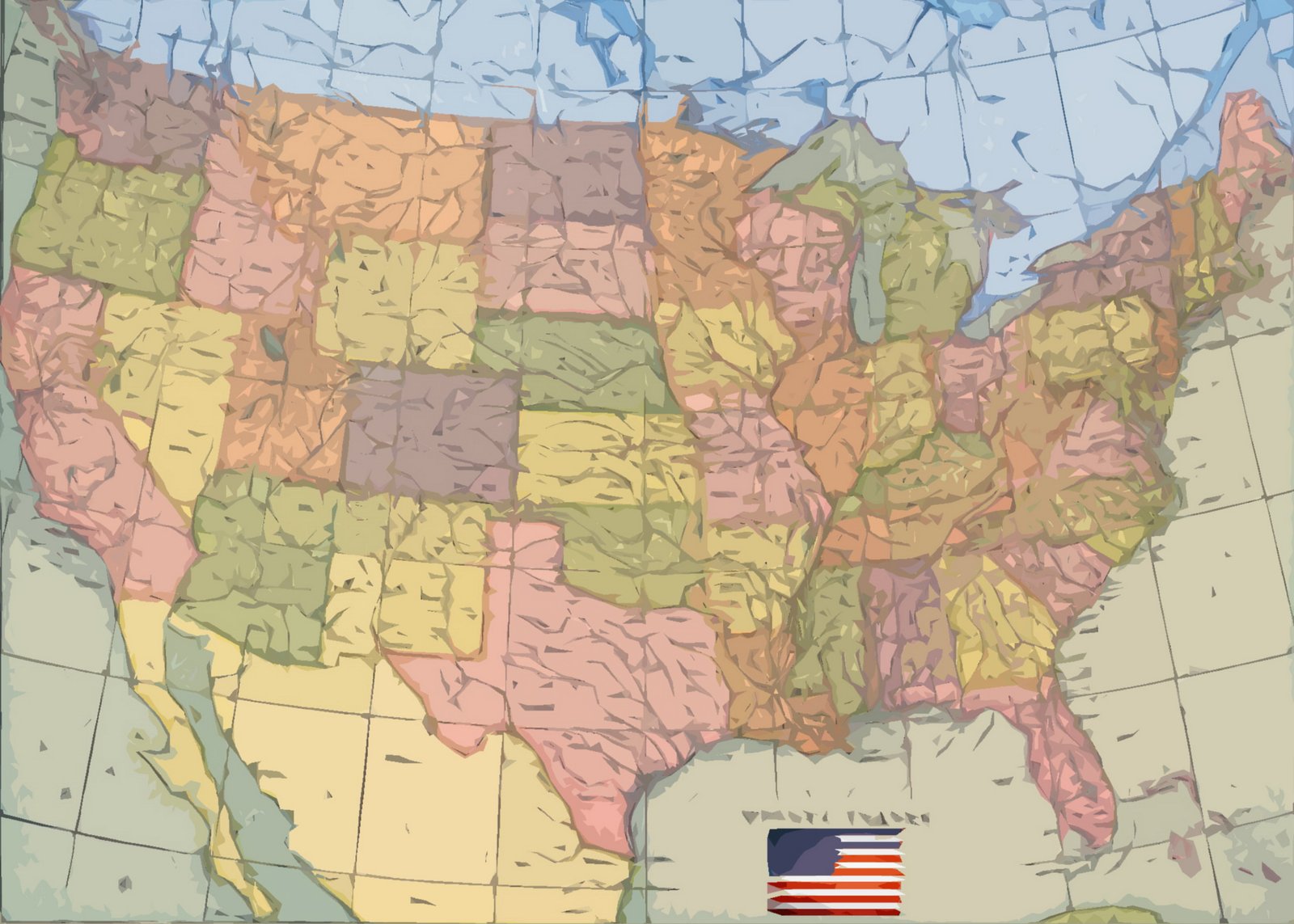

These fire ants were mainly a problem for the southeastern United States, but have now spread to areas in California, Oklahoma, all the way north to Virginia.
These little creatures have also traveled across the seas to many other countries including Australia, Japan, and South Korea.
One reason why other countries and parts of North America have not been infiltrated by these pesky insects is that they have not adapted to cold, rainy weather.
They can survive extreme cold by burrowing deeper into the soil, however if heavy rains are involved, it could be another story.
If the water from the heavy rain pushes the ants up, they could be exposed to freezing weather.
Fire ants are very social insects that are extremely adaptable and work together to accomplish their tasks.
A colony may consist of one or more queens and up to 200,000 worker ants. Each queen can lay up to 800 eggs a day, while the worker ants forage for food.
Most North American colonies have a multiple-queen social form, which means that there could be more than a dozen queens. These colonies are the hardest to eradicate, because each queen must be eliminated, in order for the colony to be effectively destroyed.
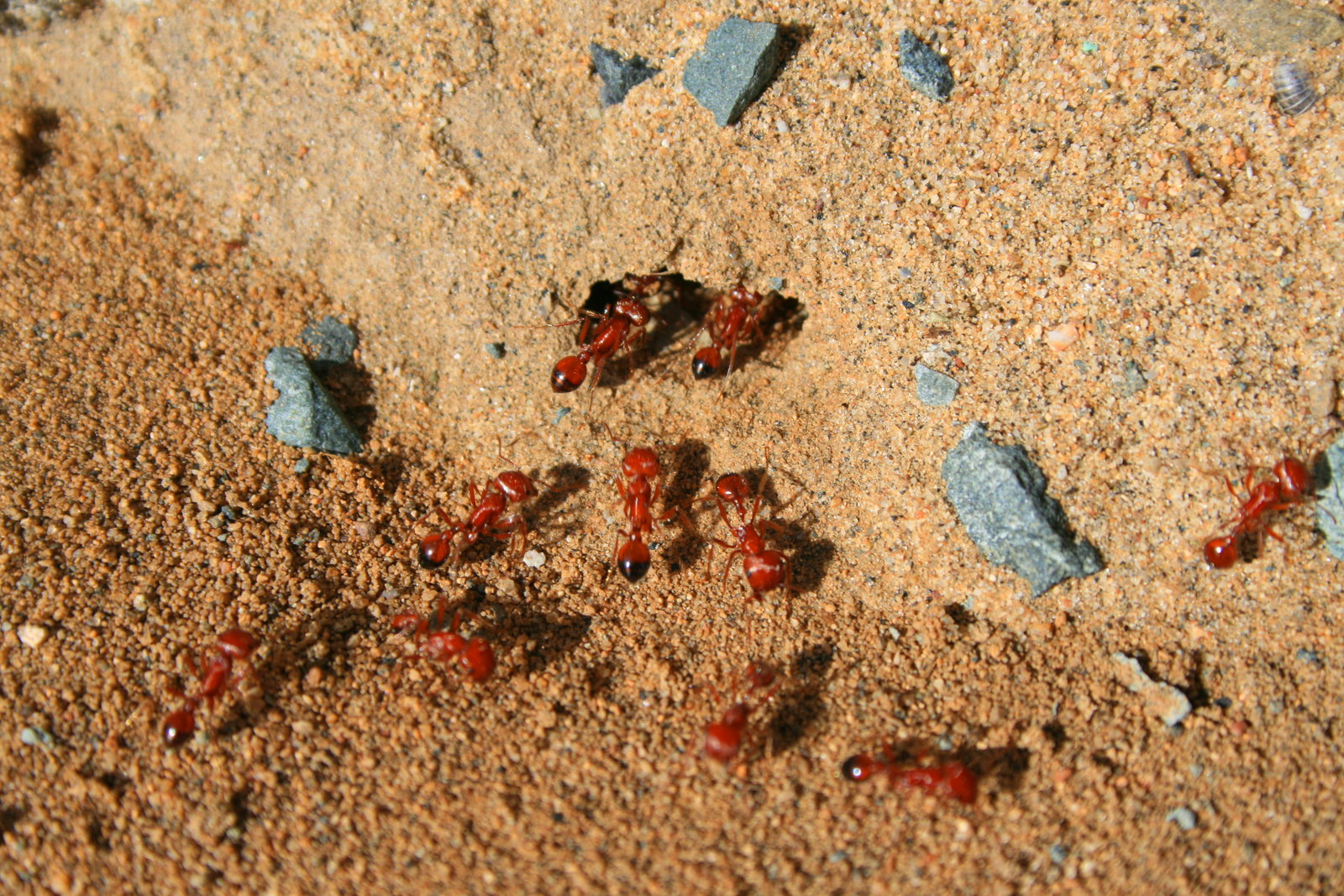
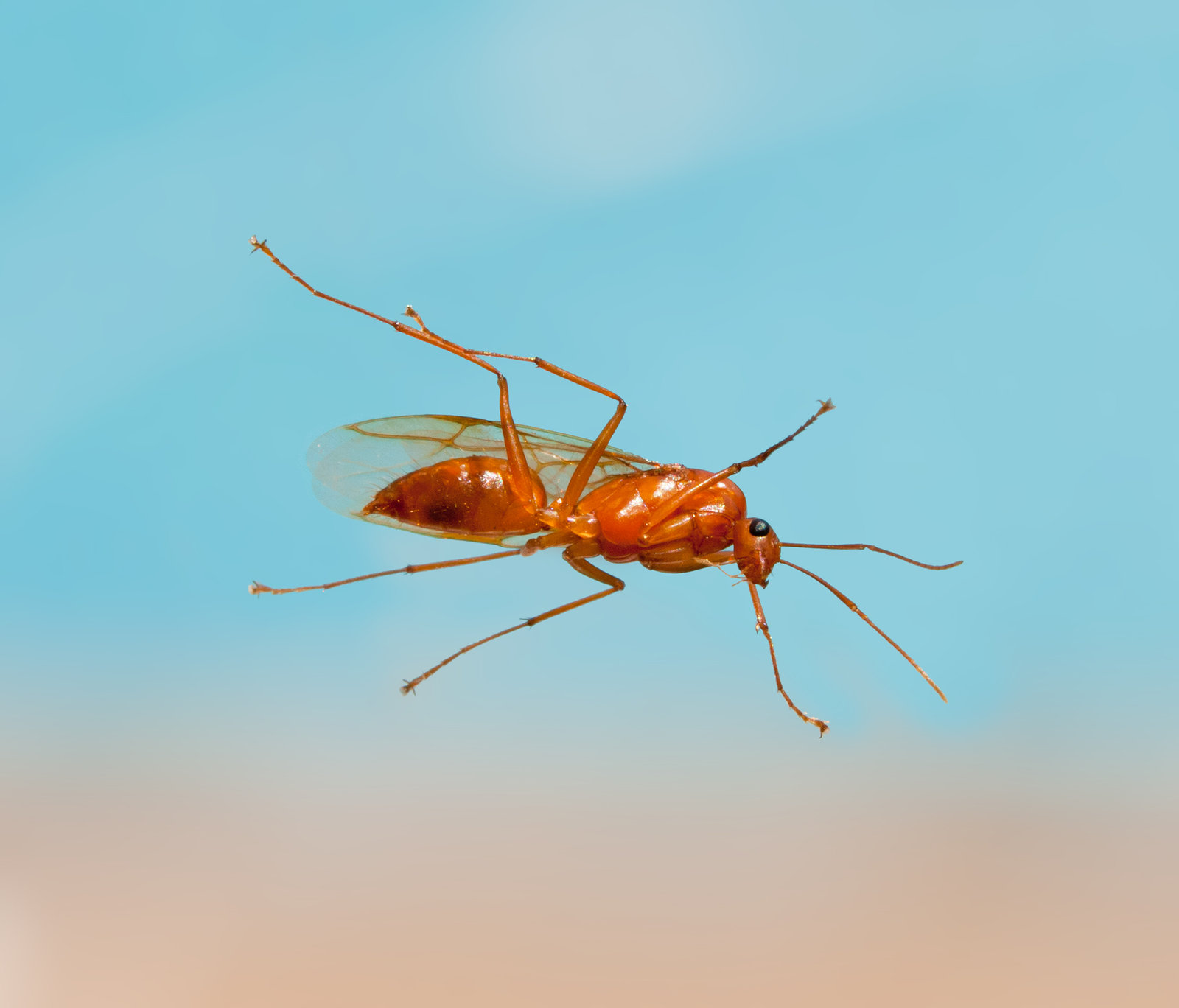
Eliminating all queens may prove difficult because fire ant queens can fly! Queens and male worker ants develop wings once in their lifespans.
Once this happens, they will take flight and mate in mid-air. They can travel long distances at great heights.
After flight the males die, while the queens will shed their wings after dropping to the ground and form a new colony.
So, if you spot a mound covered with winged ants, it’s very important to try to eradicate that colony immediately.
Where Are These Ants …
Fire ants can be a serious problem for anyone planting and caring for a garden. They are attracted to sunny locations that have rich organic soil, abundant moisture and a variety of delicious foods/vegetables.
Not every vegetable is appealing to these fire ants, although they are partial to okra blossoms and developing pods, potatoes – red and/or Irish, and aphids found on other vegetable plants.
Although you can find fire ants infiltrating your vegetable garden, a lot of times they are located just outside of the garden in mounds on your lawn area.
They prefer the lawn area to the garden area because the tilling done in the garden area disturbs the ants and causes them to look for a less disruptive area. In or out of the garden, getting stung by these pesky insects is not something to look forward to.
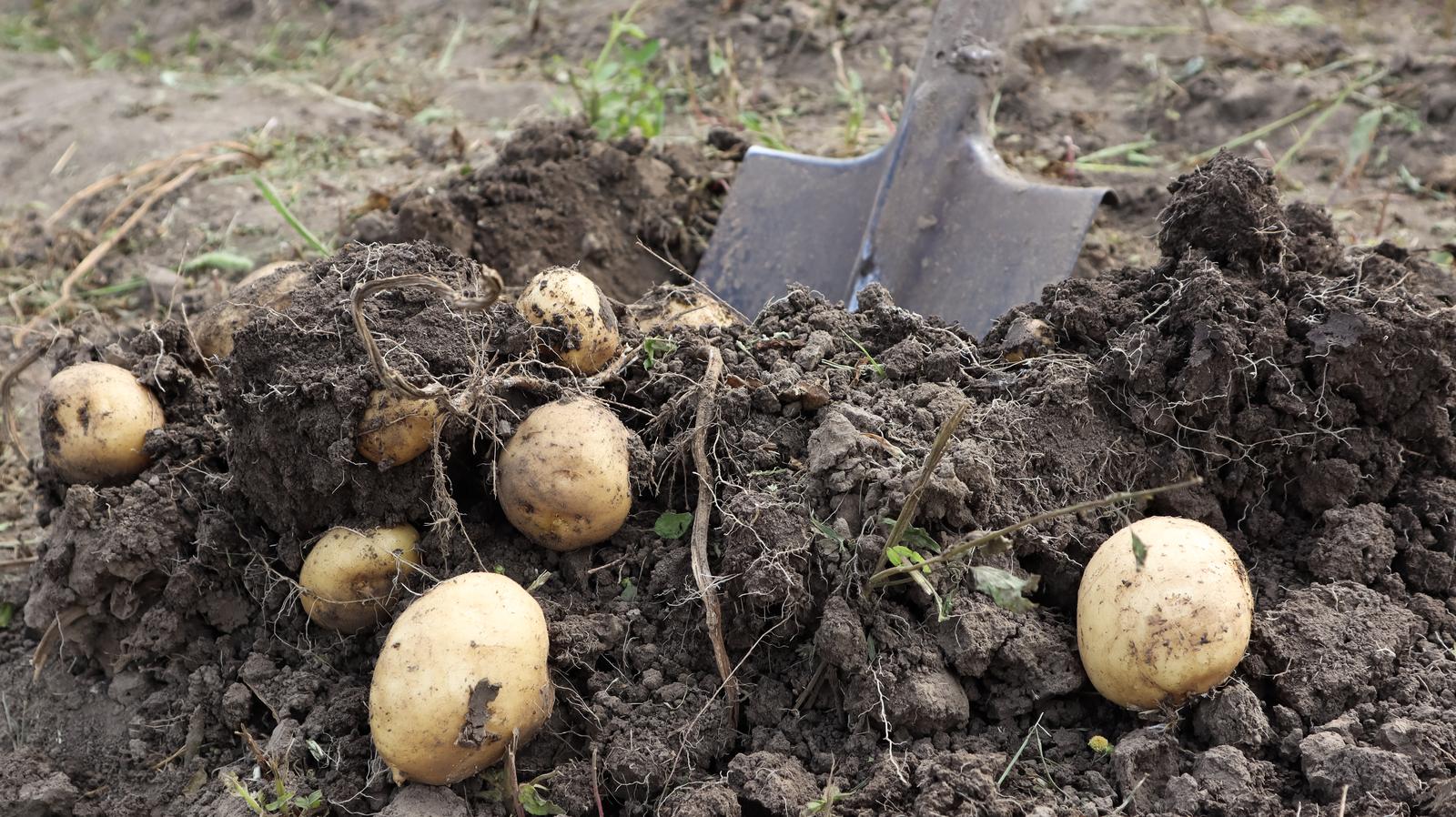
How to Keep Them Out of Your Garden …
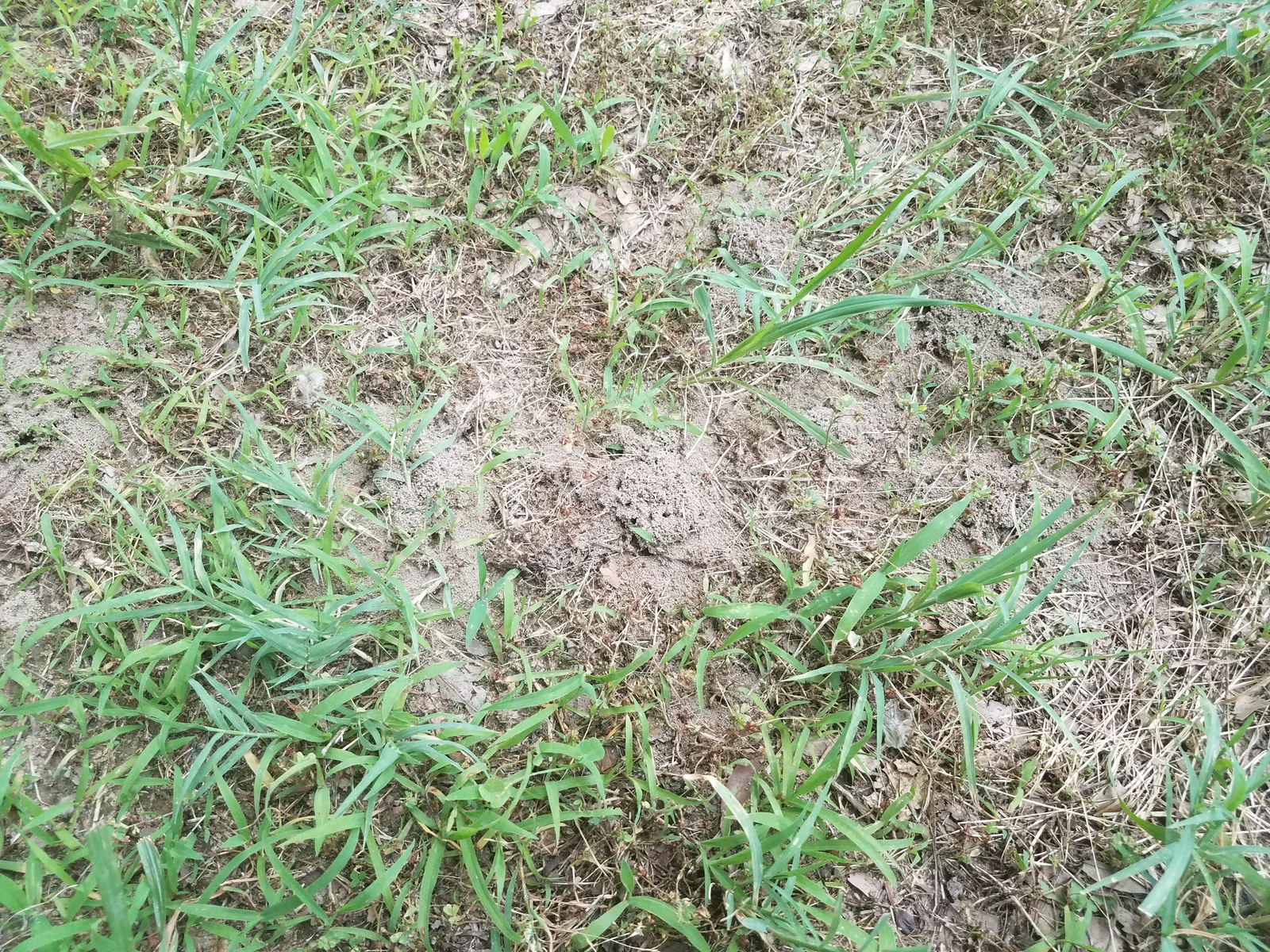
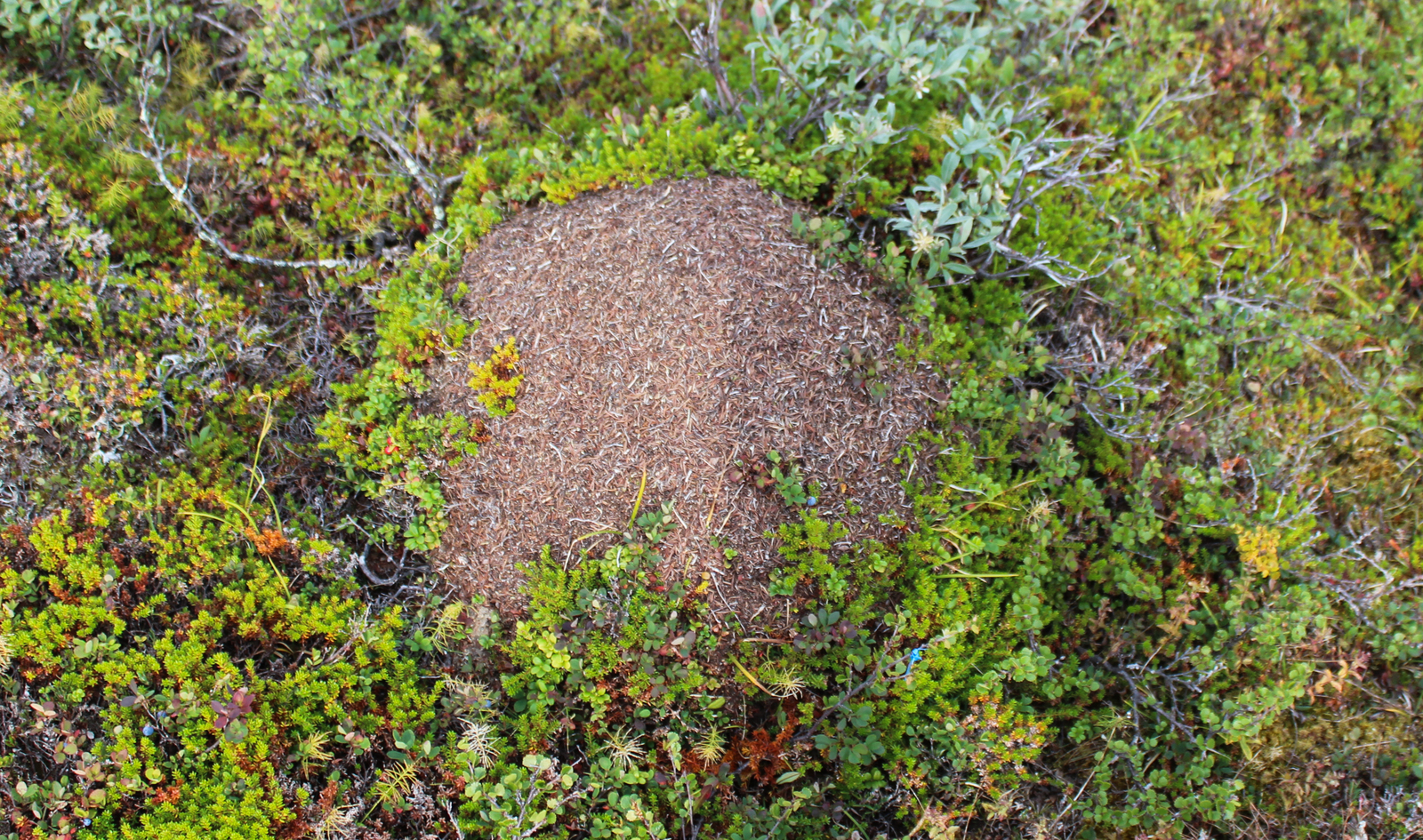
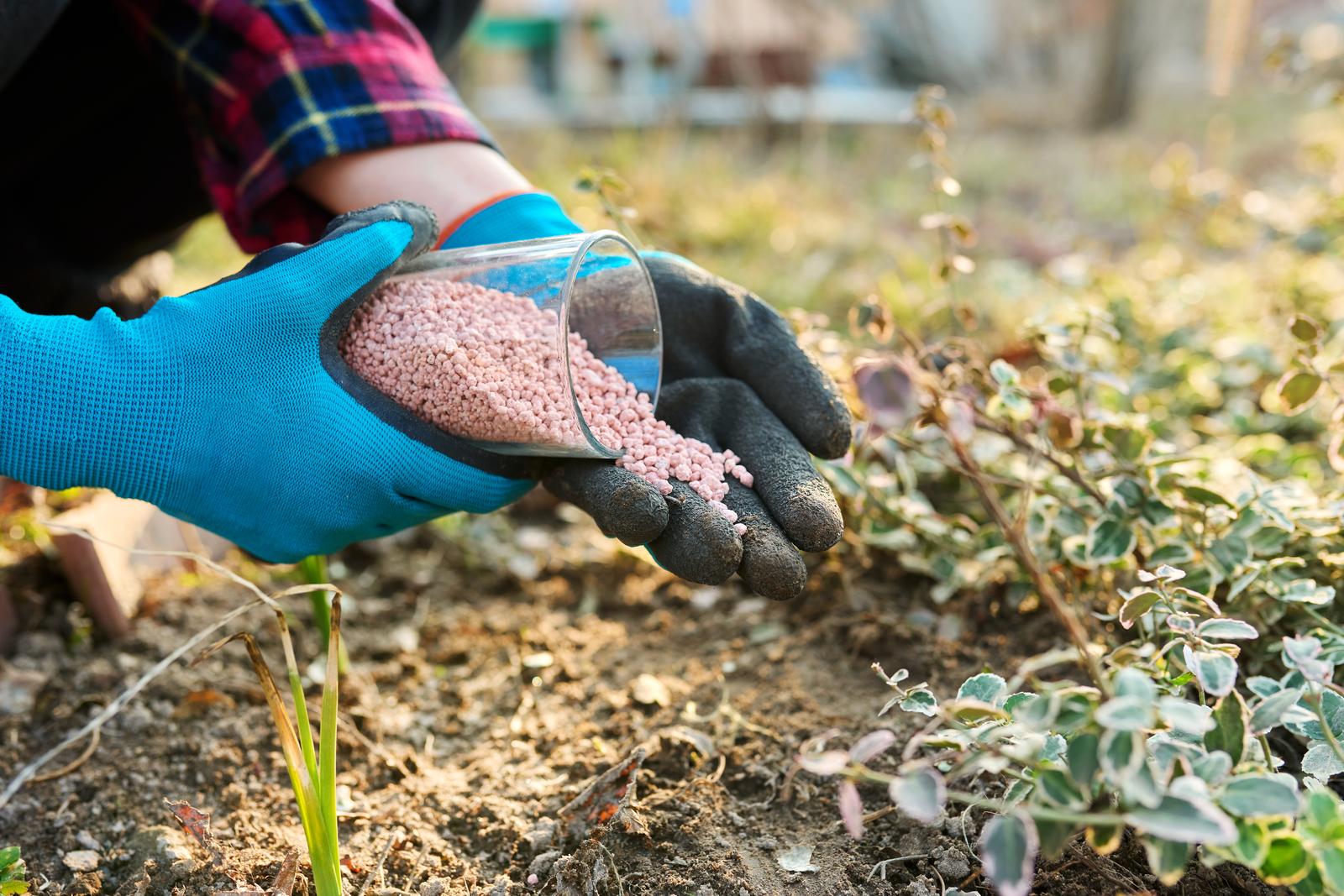

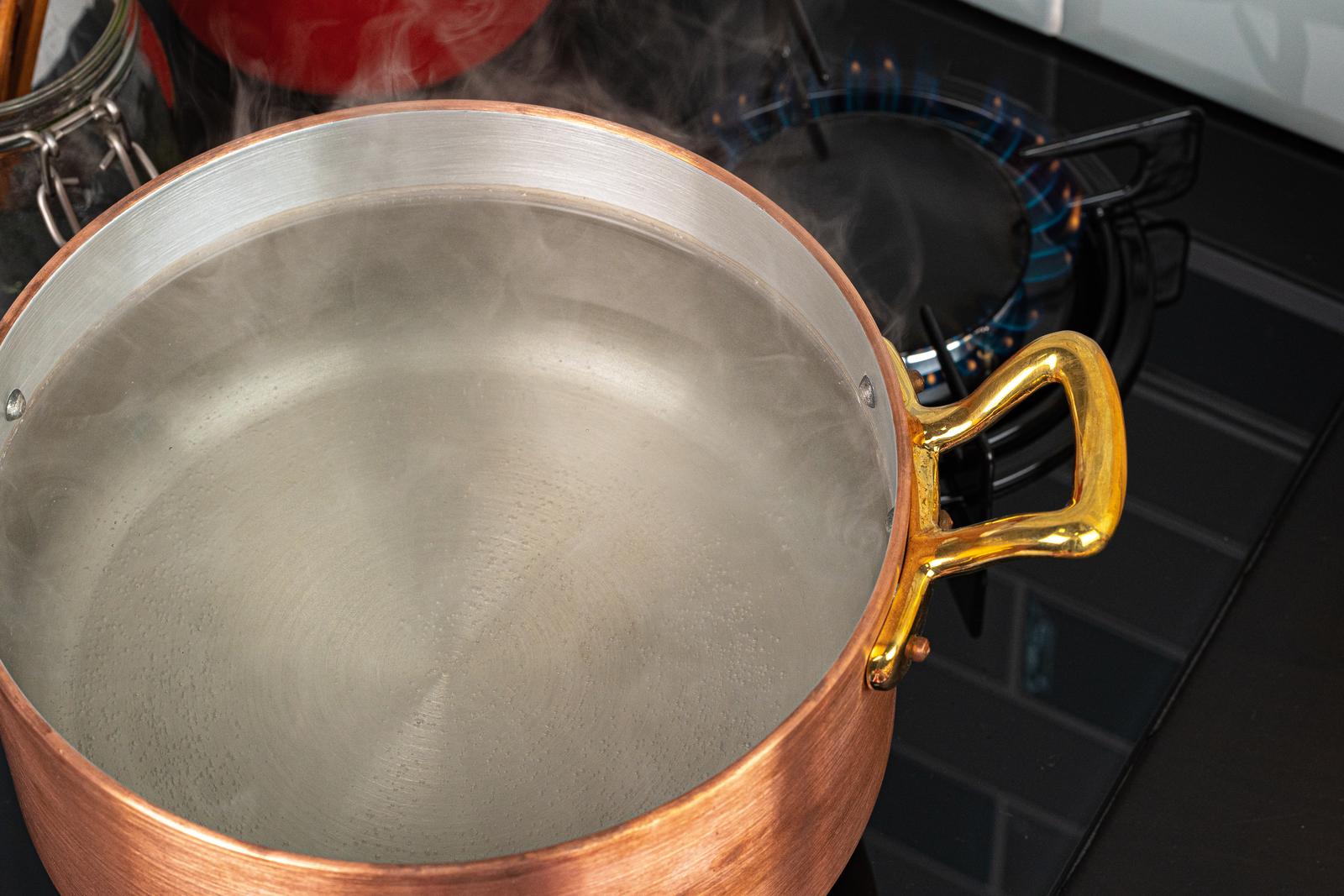
The best way to keep fire ants out of your vegetable garden is to find their mound and colony. This would most likely be just outside of the garden and in your lawn area.
There are three ways in which you can treat these mounds – Bait products, Organic methods and Non-Chemical Methods.
-
Bait Products – There are bait products that are not approved for vegetable gardens, but may be used for home lawns. Worker ants from the garden and lawn will take the bait back to the colony. These baits are usually slow-acting. (*Amdro Fire Ant Bait/Amdro Fire Strike/Amdro Yard Treatment) There are some baits containing Methoprene or Spinosad that have been approved for garden usage, are a little faster acting, and show results within 2-3 weeks. (*Ferti-Lome Come and Get It; Green Light Fire Ant Control with Conserve)
-
Organic Methods – There are liquid applications or drenching products that provide quick kill with short term residue, as well as brands with low-toxicity, plant-derived chemicals. (*Diatect Results Fire Ant Killer; CitrexTM, Insecto Formula 7, Organix SolutionsTM Multipurpose Fire Ant Killer) There are other liquids, dusts or granules that can be used but it is very important to follow instructions since some can be used in the garden area, while others can be used on mounds outside of the garden.
-
Non-Chemical Methods – This method is pouring 1 to 2 gallons of boiling water onto the mound. It is important to use in empty beds or areas where vegetables are not growing since it will damage any vegetation.
One of the best preventions is to treat the surrounding lawn areas two to three times per year, spring, midsummer and/or fall.
*Things to be aware of:
-
Don’t wait for big mounds, as soon as you see fire ants, treat the area.
-
Baits with the active ingredient Acephate, which is a systemic insecticide, should not be used near any edible plant. It will be absorbed by the roots and translocated to the leaves and fruits of edible plants.
-
Spinosad is deadly to bees and should never be used on blooming plants that attract bees or are used for pollination.
Still Unsure of How to Handle These Pests …
Gardens, whether floral or vegetable, can have a number of pests, not just fire ants. If you are unsure, not certain on where to start or how to proceed?
Then following the Integrated Pest Management (IPM) approach may be right for you. The principle behind this approach is that treatment is based on how you respond or tolerate the pest and asking these three questions.
-
Do the pests need to be controlled?
-
Which control has the lowest risks of consequences?
-
Does the benefit of application justify the risk?
How you answer these questions may determine whether you start with the first level or the mildest option. If that is unsuccessful, then you would proceed through the next three levels, using non-chemical methods of mound removal and boiling water to organic methods and finally bait products.
Your ultimate goal is the eradication of these pests; however, we must also be cautious with the treatments used. We need to be safe by following all directions and instructions carefully.
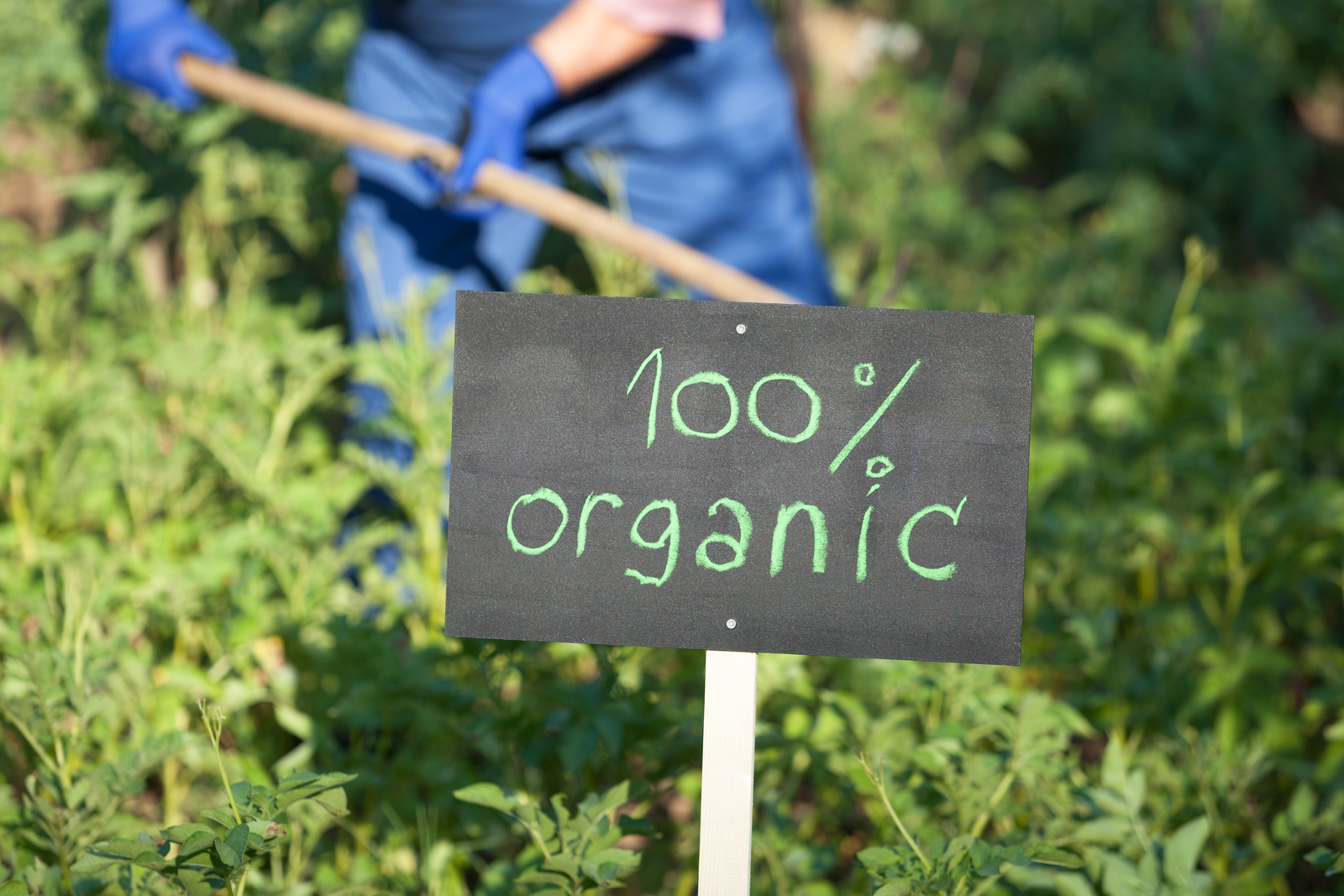

Pest Free Vegetable Garden …
Even if fire ants are not in your area, there are probably other types of pests to deal with. There is no guarantee on a pest free vegetable garden, but if you are proactive and take preventable steps to maintain and control them, your vegetable garden can flourish and you will reap the rewards!

